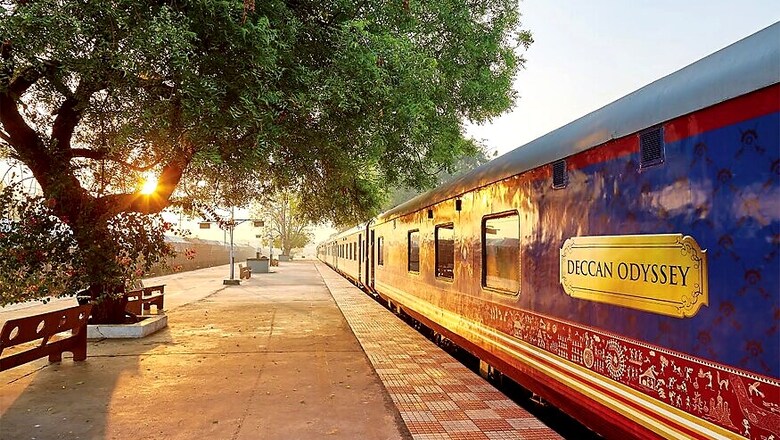
views
Firmly holding the Deccan Odyssey brochure in my hand, I walk down a carpeted path to the entrance of platform no. 18 of Mumbai's historic Chhatrapati Shivaji Terminus. The train aboard which I would be spending the next 7 days to rediscover the art of sophisticated travelling has already arrived.
As the train chugs along at a slow pace over the tracks, I spot performers dressed in flamboyant outfits, waving at us. They start performing the folk dance form Lezim with revelry in tune with the traditional music playing. As the song picks up momentum, so does their performance. Their foot movements work in consonance with the jingling cymbals. A warm traditional welcome marks the beginning of the royal adventure. The crew puts a tilak on my forehead, and garlands me amidst beating of drums.
To step aboard The Deccan Odyssey is to enter a totally different world. This is where luxury, opulence and hospitality come together to remind you of a bygone era. The experience of traversing the mountains, glens and villages to reach the ultimate destination is as incredible as the journey itself.
I settle into the leisurely pace of life on board, and enjoy the lush landscape as the train chugs along and weaves through different towns. Soon I am requested by a staffer to take a tour of the train. Stress fades quickly and I am enthused with the idea to understand how every coach is designed to an incredibly high standard.
Steaming Ahead
Designed to rival other similar luxury train journeys, the Deccan Odyssey has focused on lustrous woodwork, textiles, on-board services and top-of-the-line dining.
We begin with The Deccan Odyssey’s conference car Pankh. Equipped with all the latest facilities and an amazing book collection, this is the area where your business needs will be taken care of. Interestingly, this is also the space where you can strike up exciting conversations with other guests over a fun-filled game of carom.
Next, I head to The Gateway (Lounge/Bar) which offers a selection of rare hard drinks and cautiously crafted cocktails. Restaurants Waavar and Utsav whip up authentic Indian and continental fare, serve lip-smacking dishes on gold-plated and silver cutlery.
These might be two coaches on the train but they are certainly ahead of many of the big-city restaurants. Cooking with perfection and a style that is both sprightly and light, yet flavoursome, both Waavar and Utsav know how to give an interesting spin to popular dishes, without losing touch with the essence.
The Deccan Odyssey has 21 coaches – all with striking names such as Shraddha, Gunpha, Wari, Tirth, Abhang, Kinara...
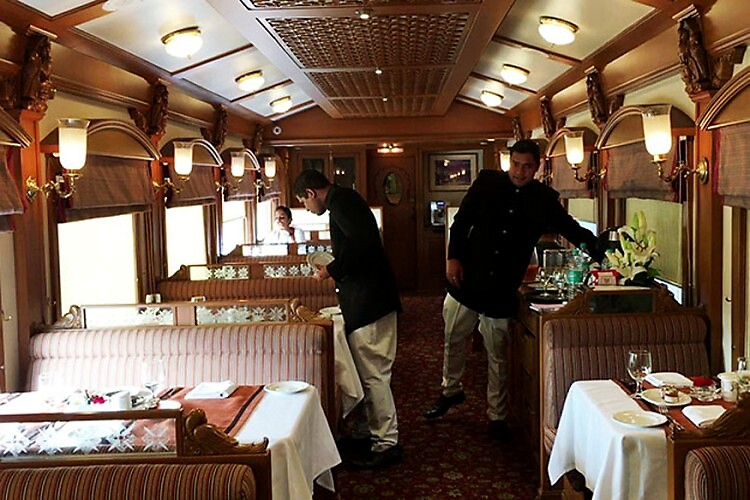
Madhav Rathore, the head of operations at the Odyssey, explains me why India’s luxury train with its tour to explore the splendid open countryside, seaside scenery and some fascinating cities, is the best thing that can happen to any traveller.
“Travelling on Odyssey for a week-long holiday is indeed a wonderful way to see the vast Deccan area over a short period of time. And the tour offers the best sites that the area has to offer", he says.
The conversation on the first night ranged from travel, trains and the country’s traditions. The close setting is comforting and camaraderie is easily struck up. With just 10 guests, day 1 on the Deccan Odyssey makes me feel it is an indeed impressive top choice for anyone exploring India’s Deccan region in the most intimate, distinctive style.
Bijapur Beckons
Bijapur, officially referred to as Vijayapura, is the land of five rivers and a melting point of varied cultures. The ancient city was established in the 10th and 11th centuries by the Chalukyas of Kalyani. During our day long visit to Bijapur, we explored its historical monuments – constructed during the rule of Adil Shahi dynasty – that still are of huge architectural significance.
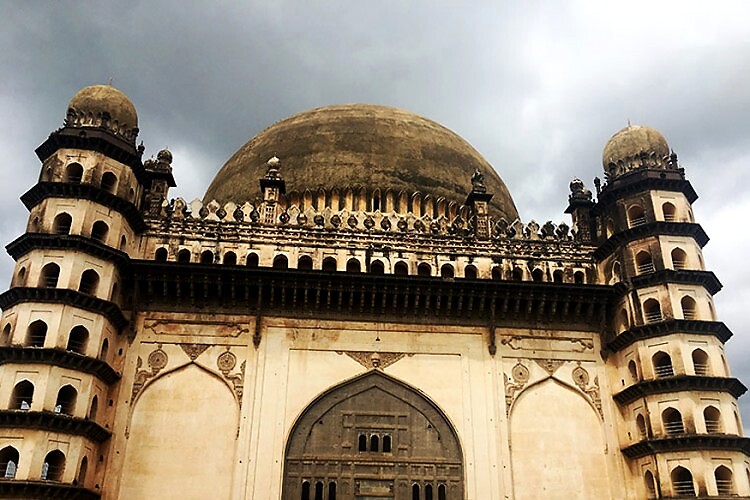
When one utters the name Bijapur, the first thing that crosses one’s mind is Gol Gumbaz – the tomb of Mohammed Adil Shah - which can be seen from almost any part of the city. Towering 50 meters above the city, this astounding imposing edifice is an impressive example of late-medieval Indo-Islamic architecture. With a diameter that measures 44 metres, Gol Gumbaz has the largest dome ever constructed in India.
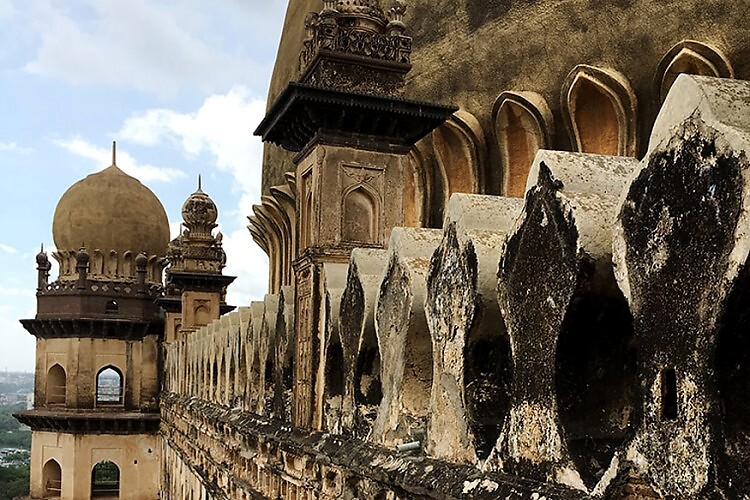
As I marvel at the structure which took about 30 years to build and take the steep steps, I reach the interior of the dome and the ‘whisper gallery’. It is here that the cacophony never ceases, because every word you utter echoes back - 11 times over.
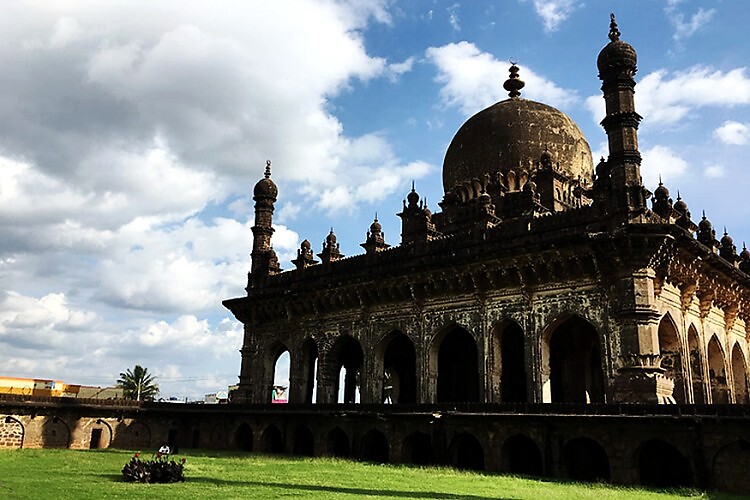
Our next stop Ibrahim Rouza may not have been as popular as the Gol Gumbaz, but it is as magnificent as the aforementioned architectural marvel. Even though it was built as a tomb for Adil Shah’s wife, it turned into his resting place. Considering the intricate detailing that has gone into building the structure, it had to be an inspiration to the Taj Mahal.
I reach Malik-e-Maidan - a huge cannon perched on the top of a tower - in about 15 minutes. It isn’t just a weapon but a piece of art. The muzzle has the open mouth of a lion and under its curved fangs small elephants, one on each side. And on top of it is an inscription commissioned by the Mughal emperor Aurangzeb. The cannon which is 8.5 metres long and 1.5 metres in diameter, weighs 55 tons.
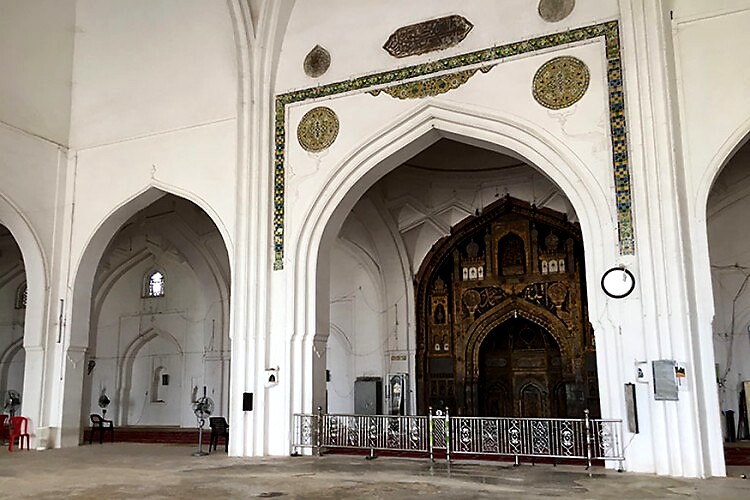
I board the bus again to reach the next tourist spot - Jumma Masjid. Also built by Ali Adil Shah, this is one of the largest mosques in South India. The day ends by visiting Mehtar Mahal, a 17th century ornamental gateway to a mosque, and later a drive back to the Deccan Odyssey.
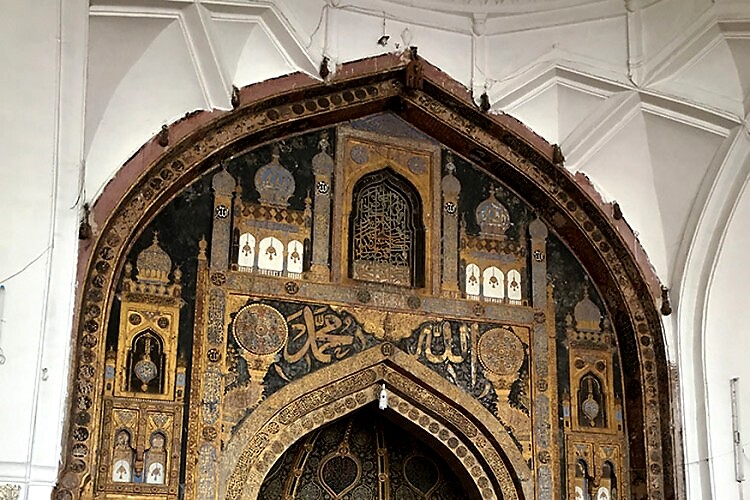
Even though the travelling was stressful, it was indeed an experience to visit both historic and travel destinations, go back in time, and conjure up images of the kings of Adil Shahi dynasty.
Back on board, by second day the train begins to feel like home and fellow passengers seems like family.
Aihole/Pattadakal: Of Temples and Megaliths
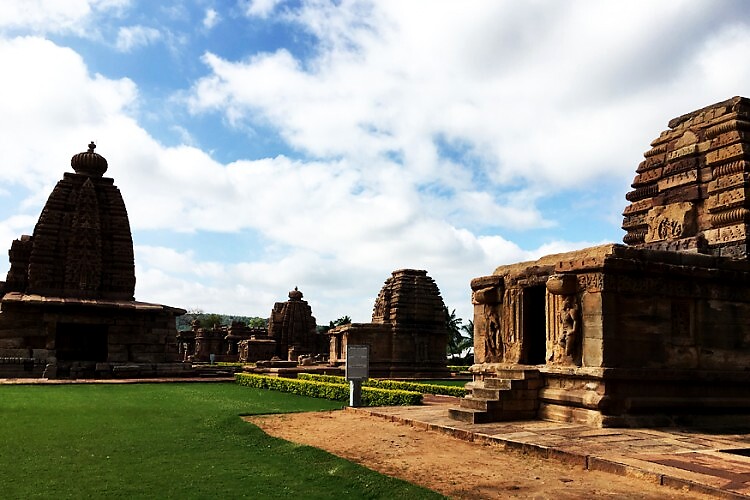
As the Deccan Odyssey snakes its way into Deccan plateau and rolls into Bagalkot, I anticipate a day (Day 3) that would help me learn more about the temples and ancient settlements of Aihole and Pattadakal, one of the world's largest temple complexes.
After a scrumptious breakfast at Utsav, as I disembark, a group of men – dressed in white kurta and dhoti – greet me by beating dhols and playing the shehnai. After I get my forehead anointed with the red tika, I board a luxury bus to explore the astounding cluster of magnificent temples at the main World Heritage Site at Pattadakal.
Whether it is the bunch of miniature shrines or the larger monuments, it’s their flawless construction and intricate design that will grab your attention.
There are 10 key temples in Pattadakal, which have been dedicated to Lord Shiva. The temples exemplify both South Indian (Dravidian) and North Indian (Nagara) styles of architecture. These temples acquired the status of a world heritage site in 1987, courtesy their eternal beauty and historical significance.
While Virupaksha Temple (early called Lokesvara Temple) is the largest temple in Pattadakal, and also popular among travellers, Galaganath Temple houses a huge Shiva Linga (Sparsha Linga) along with tiny figurines of Lord Kubera and Gajalakshmi.
The Sangmeshwara temple’s construction was finished in 733 AD by the Chalukya king Vijayaditya Satyashraya. Its edifice was built following the Dravidian style of architecture and is extraordinary for its thorough design and architecture. The Mallikarjuna temple contains multiple facets of Dravidian architecture.
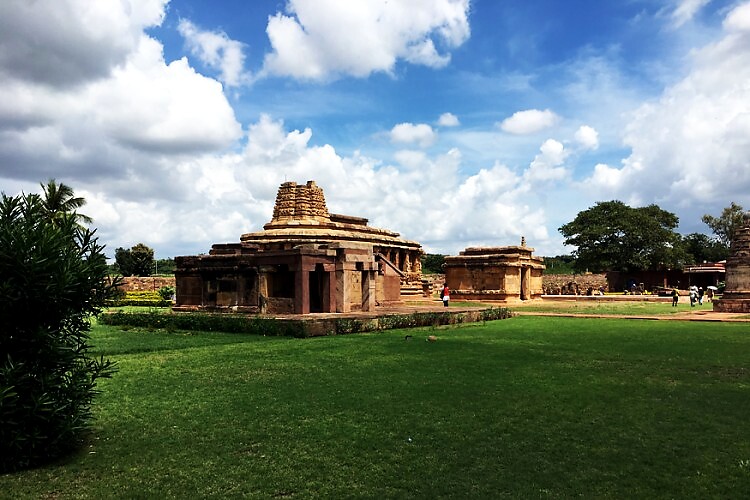
As I head to Aihole, I find the entire Aihole village swamped with temples – there were structures just about everywhere. Even though Aihole is a spot of great heritage and religious interest, it pales in comparison to Pattadakal.
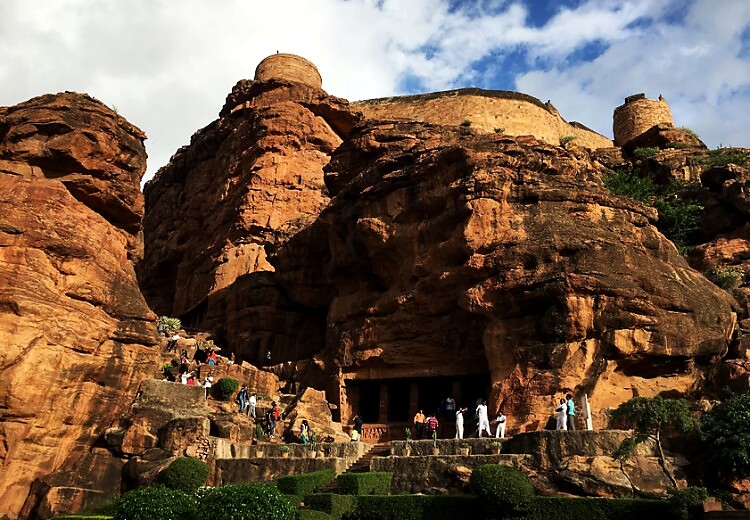
Interestingly, Badami cave temples that have been carved from a huge sandstone cliff stands out. With an architectural style – which is a fine line between Nagara (north Indian) and the Dravidian (south Indian), Badami cave temples can’t be missed.
On Hampi Hiatus
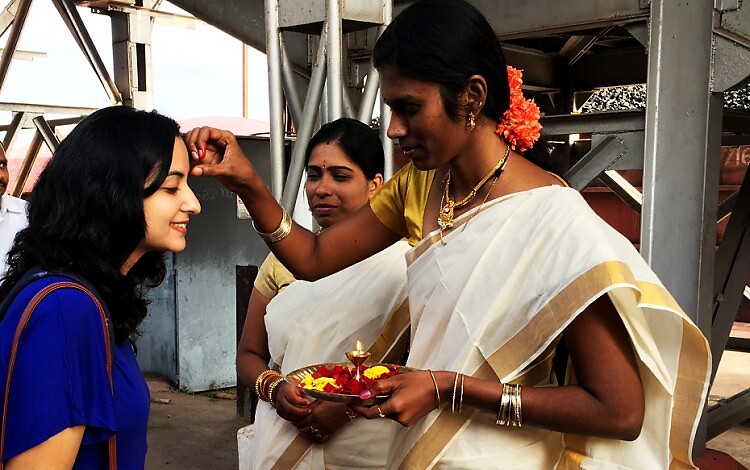
A new day and a new city. On day 4, I reach Hospet early morning to explore the iconic City of Victory – Hampi. Also a World Heritage site, Hampi tops every traveller’s must-visit list, courtesy its impressive sculptures, architecture, and their historical significance.
A quick drive from the Hospet station to Hampi makes me realise just how swiftly and dramatically the landscape changes and the city’s busy life seems miles away from the ancient land of Hampi.
With Narasimha statue, Sasivekalu Ganesha statue, Virupaksha temple and Vittala temple as the popular sites of Hampi, the setting works photographically at just any given time of day - early morning or late in the evening. The area also offers a dramatic palette of amazing options, courtesy the Tungabhadra river.
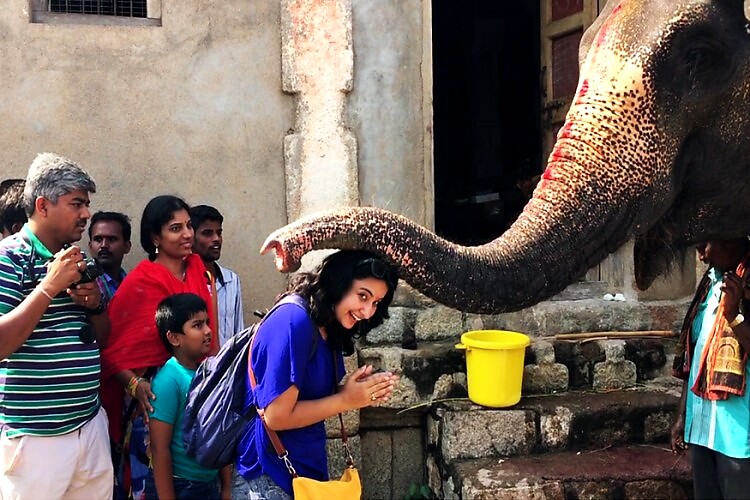
Post lunch, I kick off my journey to explore the Royal Centre at Hampi. This area was the citadel of the Vijayanagara kings and encompasses courtly and military structures. My visit to the Queens Bath, the Stepped Tank, the Mahanavami Dibba, the Hazararama Temple, the Queens Enclosure with its Lotus Mahal and the Elephant stables too made for a historically enriching experience.
After exploring the wonders of Karnataka, I gear up for my first journey to Hyderabad.
Exploring historic Hyderabad
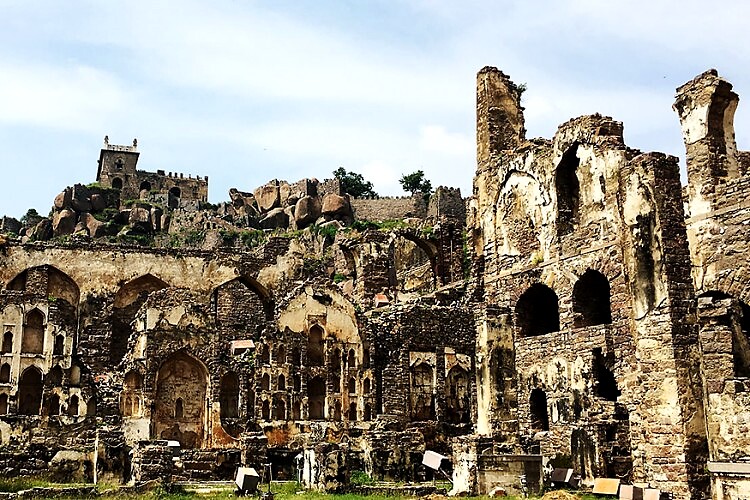
While I was really curious to trawl through the bylanes of Hyderabad to explore its hidden jewels, a day wasn’t enough. After an early breakfast, I drive to the Charminar. The massive and impressive structure adorned with 4 minarets stands tall amidst the old, colourful and bustling bazaar which not only offer exquisite crafts such as ittar, bangles and pearls, but also boasts several food stalls that offer the city’s tastiest cuisine.
After some quick purchases, I reach Golconda Fort - an embodiment of Nizami culture and grandeur. The highest point of the Golconda that boasts mounted cannons, four drawbridges, eight gateways, and majestic halls, stables can be reached only if you have the patience and the willingness to take over 360 steps. The Golconda trek would take a little over 30 minutes, but the stunning view that it provides will give you a lifetime experience.
But what came next was even more unforgettable - visit to Falaknuma Palace. Right from the moment I arrived at the palace gates, I was treated like royalty. Within seconds, a horse drawn carriage arrived to transport me to one of the grandest spots in Hyderabad.
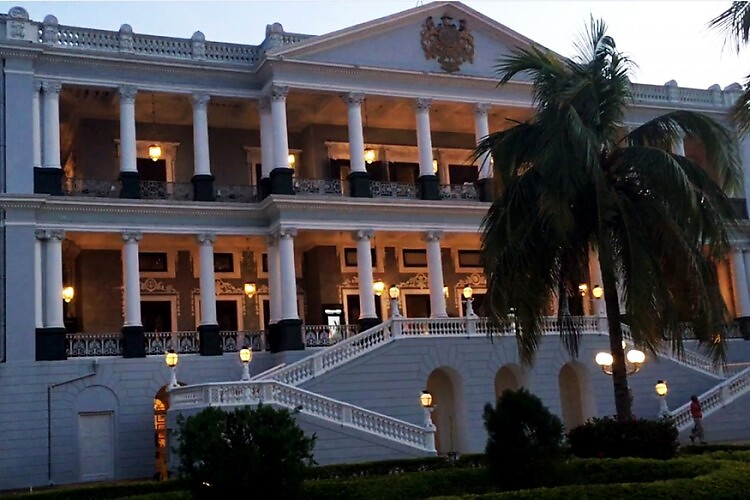
Popular as the “Mirror of the Sky", a visit to the Taj Falaknuma Palace is all you need to go back over the paths of Nizams. It is like delving deeper into the European royalty, understanding the lives of the glitzy begums as you walk into the heavens because the palace is about 2000 feet above the city. The enlightening tour of the grand palace was followed by a sumptuous high tea.
The serene, breezy evening of timeless warmth and hospitality and industrious service will leave an indelible impact even long after you leave.
Unearthing Ellora Caves
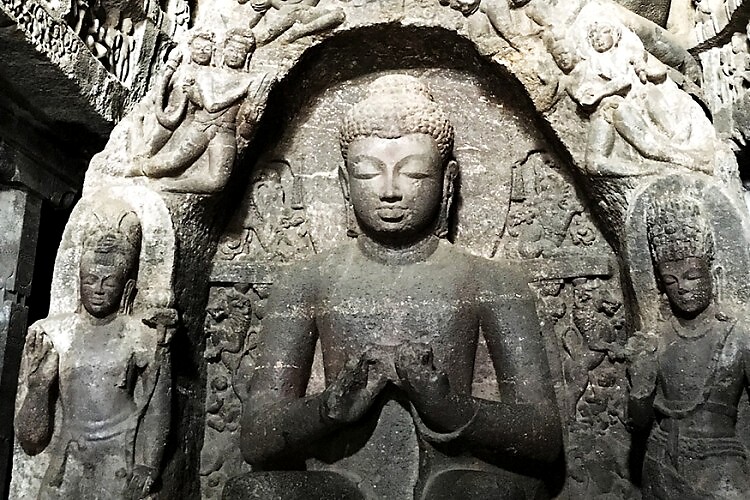
It was tough to contain my excitement right from the moment the train was stationed at Aurangabad. The reason? I was finally in the industrial town in Maharashtra that would take me to the outstanding World Heritage site - Ellora Caves.
Since I arrive at the Ellora caves a day before the Ellora-Ajanta festival was supposed to kick off, a huge stage was being set up and workers were busy making special arrangements.
What makes the incredible portico of the famous Ellora Caves really fascinating is how the carvers began at the highest point of the original rock and carved inwards. Ellora caves – the finest example of cave-temple architecture in India comprises 34 rock-cut shrines that represent Buddhist, Jain and Hindu art that dates back from the 4th to 5th century AD.
While the 12 caves to the south are Buddhist, 17 in the centre are Hindu, and the 5 caves toward the north are Jain. The most remarkable is the Kailash temple, meant to be a replica of Shiva’s celestial abode on Mt. Kailash. It is the best example of rock cut architecture and an engineering marvel.
Ajanta Caves: Where History Comes Alive
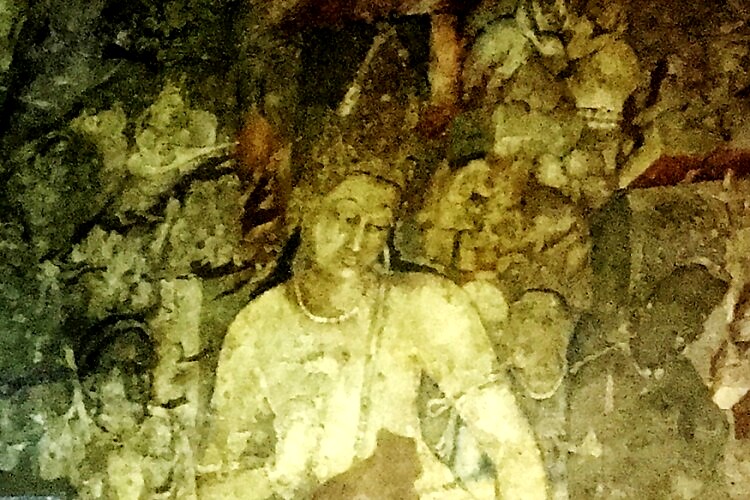
On day 7, the Deccan Odyssey arrives at the Jalgaon station. After an unhurried breakfast on board, I drive to Ajanta Caves, another World Heritage site. As I slumber through the most travel time, I'm happy to wake up to the beautiful sight of Ajanta caves. The destination immediately permeated a sense of being at a location which was so different from the landscapes and architecture of Karnataka and Hyderabad.
The 30 rock-cut Buddhist caves at Ajanta have been masterfully carved and are adorned with sculptures and paintings of Buddhist religious art, depicting universal pictorial art and are known to depict the fusion between Buddhist and Hindu faiths.
Since it is the last night on Deccan Odyssey, the guests are encouraged to dress to the nines. While women are gifted traditional Indian saris, and the men are given kurta pyjama. It feels like New Year’s Eve.
The week that I spent on the Deccan Odyssey made me realise just how special slow travel could be. While a flight from Mumbai to Hyderabad and Karnataka would have saved me time, it would have lacked the romance.
The drinks flow, the endless sessions of conversation begin and contact details are speedily exchanged. Just when everybody is busy making the most unforgettable night of their lives, I apprehend just how influential this extraordinary trip has been for me. It was relaxing, also enriching and I have to admit, I was so spoilt by the cordial staff that it’s hard not to thank them while I prepare myself to bid adieu to Deccan Odyssey, reluctantly though.
As I board my flight to Delhi, my memories, friendships and conversations are all I have. However, these are memories I will cherish for the rest of my life.
Videos and photographs: Divya Pal
Video editing: Nitin Sharma
Produced by Soumyadip Choudhury

















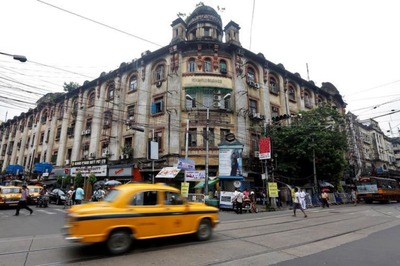


Comments
0 comment